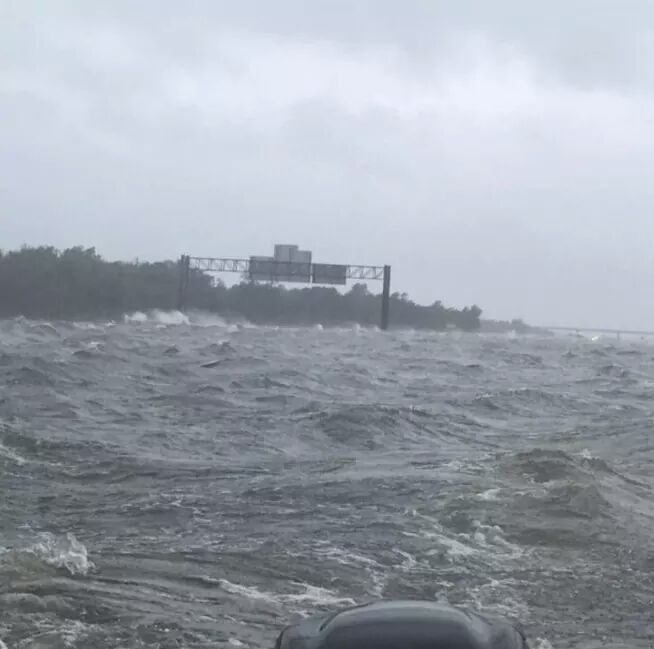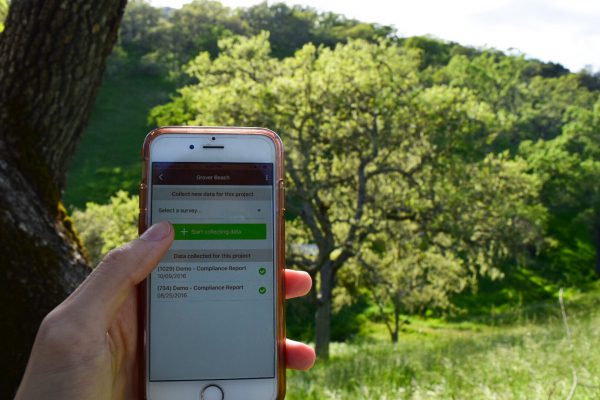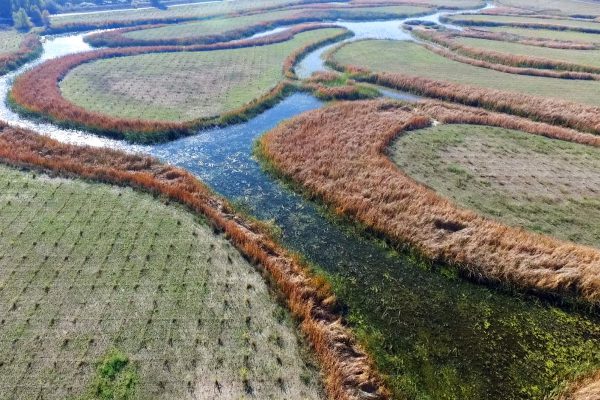Mother Nature always bats last. And wherever humans decide to live or work, she demands we consider prevention, protection, and resiliency from her mighty swing. Environmental consultants continually work to provide accurate data and sound science to help planners build prevention, protection, and resiliency into nearly every human endeavor. It’s often an uphill slog. The current U.S. administration seems to see environmental protection as an enemy to a healthy growing economy and is actively dismantling climate action and environmental protections. Meanwhile, cities around the world press on with conviction, knowing full well that nature won’t wait.
379 Climate Mayors, representing 67.8 million Americans, have committed to work together to uphold the Paris climate goals. The nonprofit organizations Rebuild by Design and 100 Resilient Cities (100RC) are partnering “to reimagine the way communities throughout the world find solutions for today’s large-scale, complex problems.” 100RC is a global networking project dedicated to information and resource sharing to help cities throughout the world commit to building resilience into their planning and land-use policies. In this model (led by a Chief Resiliency Officer) conservationists, developers and planners become partners seeking to implement land use policies that solve multiple problems at once, while building resiliency into communities. These problems include the acute shocks of single event disasters, such as fires, earthquakes, and floods, and the chronic stresses of resource challenges such as food and water, housing, employment, transportation, and infrastructure. The realization that comprehensive strategies and knowledge sharing are both cost-effective and mission-critical to the success of civilization is taking hold in a big way.
100RC is convinced that cities are the place to start. While it might seem counterintuitive to try to protect the environment in an urban setting, cities are places where environmental consultants make big impacts by thinking globally and acting locally while interfacing with governing bodies. Environmental experts have skin in the game in nearly every critical area. And according to 100RC, “the majority of the area projected to be urban in 2040 has not yet been built, providing ample opportunity to build urban resilience worldwide.”

What about existing cities? Representative Garret Graves (R-Louisiana) sits on two Congressional House committees concerned with flood control and hurricane prevention and is working to help craft legislation to better meet the twin goals of restoration and development. The Ecological Restoration Business Association (ERBA) is working with him to advocate for federal policies that support critical wetland management components of resiliency. Graves has made it his mission to educate and advocate for an end to what he calls the “backwards approach taken by the federal government for decades, that involves spending billions of dollars after a disaster rather than millions up front making areas more resilient.”
Graves believes the evidence is clear that much of the flooding disasters that our nation has experienced in the last several years would have been preventable by making “the right principled investments in the right projects.” He said, “We have done that since hurricane Katrina in the majority of areas in south Louisiana, and part of Texas’ recovery needs to include a resiliency component.” Graves is an outspoken critic of the inefficiencies of the Army Corps of Engineers asserting that “the time it takes to complete infrastructure projects meant to protect major metropolitan areas should be measured in years, not decades.”

As hurricane Harvey dumped up to 50 inches of rain on Texas, Graves told MSNBC that the U.S. should be investing in “everything from building traditional protection features like levees and flood walls and pump stations, to even using some other tools that traditionally aren’t viewed as being important components – like using your natural environment.” He stressed the importance of investing in restoring dunes, barrier Islands, beach areas, and protecting coastal forests that all play a role in tempering storm surge and breaking wind strength as it comes ashore. Elevating homes and using building standards are also on his list. “There’s so many other tools in the toolbox that I don’t think most people fully appreciate that can and should be used, not just in protecting, but whenever you’re rebuilding like we are now in Texas and Louisiana.” That was 4 weeks ago. Since then, three more major hurricanes have hammered the Southeastern U.S. and Caribbean islands. The near-annihilation of Puerto Rico by Hurricane Maria is an example of a shock that demands new and thoughtful rebuilding strategies.

This kind of wholesale change and restructuring in the way we approach coastal and wetland development and restoration will take time, money and cooperation…lots of it, but still less than the amount spent on repeated recovery from the crushing blows of ever-increasing extreme weather. And cities are discovering that land use tools, such as general planning, zoning, building codes and incentives can produce a resiliency return at very little cost. Technology can help us do just that. The power of cloud computing creates unprecedented information-sharing opportunities. The more eyes we have focused on the same data, the faster we can work together to identify and implement best practices, reduce redundant studies, make connections between regional impacts and facilitate the scalability and replication of innovative approaches.
Additional Resources from 100RC:
What a Chief Resilience Officer Does
http://www.100resilientcities.org/what-a-chief-resilience-officer-does/
Innovative Land Use Policies for Building a Resilient City
http://www.100resilientcities.org/planning-for-resilience-innovative-land-use-policies-for-building-a-resilient-city/
Six Big Reasons We Focus on Cities
http://www.100resilientcities.org/six-big-reasons-we-focus-on-cities/




